Google inks historic US deal to buy Gen IV nuclear power for data centers.
Google inks first-ever U.S. utility deal for a Gen IV nuclear plant, as AI-driven energy needs revive interest in small modular reactors.
Google inks historic US deal to buy Gen IV nuclear power for data centers.
Google inks first-ever U.S. utility deal for a Gen IV nuclear plant, as AI-driven energy needs revive interest in small modular reactors.
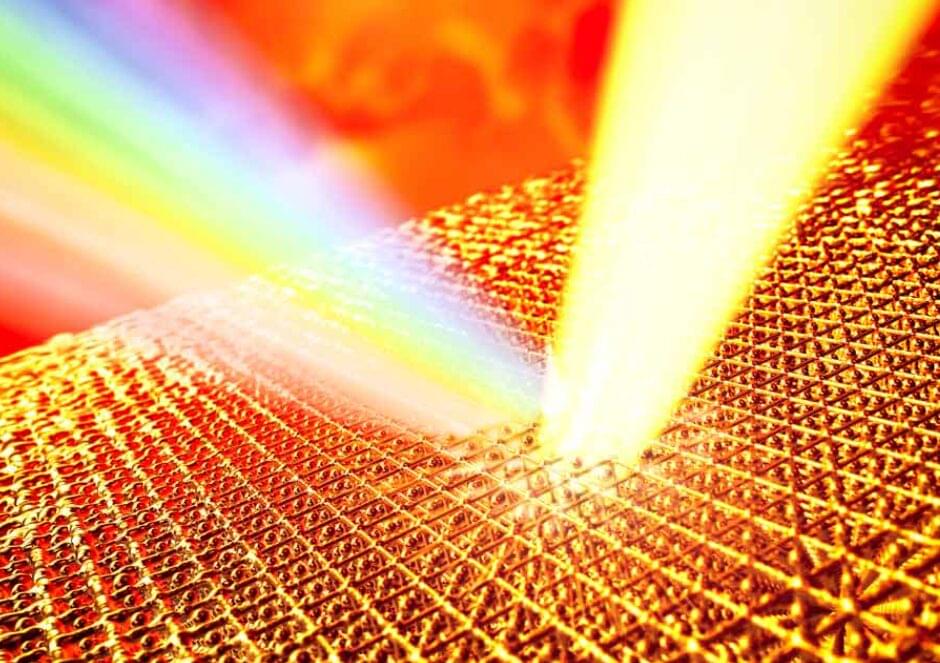
Gold was superheated to 19,000 Kelvin without melting, defying physics and unlocking new possibilities in high-energy research. Physicists have heated gold to over 19,000 Kelvin, more than 14 times its melting point, without melting it, smashing the long-standing “entropy catastrophe” limit. Using an ultra-fast laser pulse at SLAC’s Linac Coherent Light Source, they kept the gold crystalline at extreme heat, opening new frontiers in high-energy-density physics, fusion research, and planetary science.
Scientists have simultaneously broken a temperature record, overturned a long-held theory and utilized a new laser spectroscopy method for dense plasmas in a groundbreaking article published on July 23 in the journal Nature.
In their research article, “Superheating gold beyond the predicted entropy catastrophe threshold,” physicists revealed they were able to heat gold to over 19,000 Kelvin (33,740 degrees Fahrenheit), over 14 times its melting point, without it losing its solid, crystalline structure.
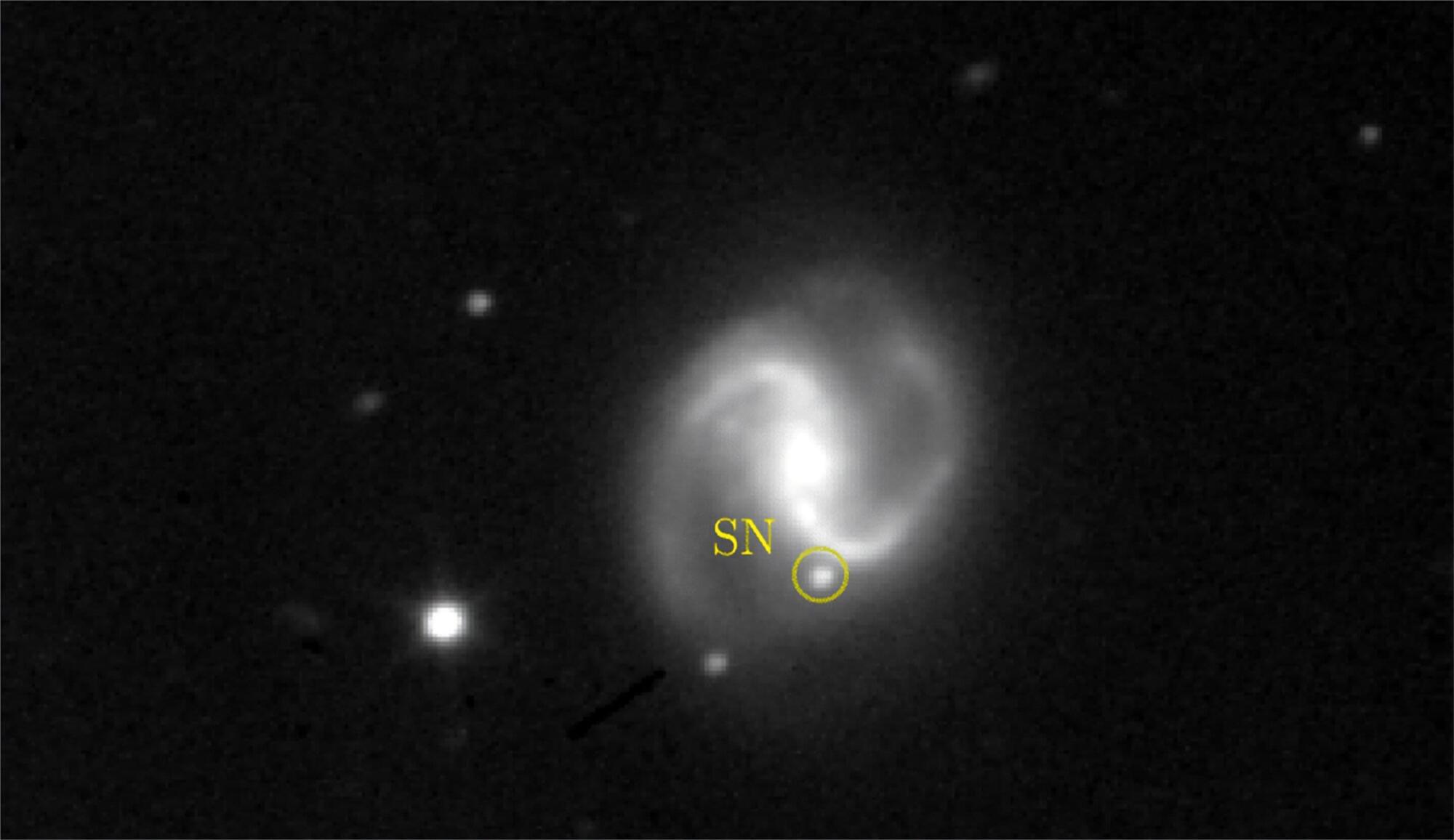
“They shine thanks to nuclear fusion in their cores, but once the star has burned through progressively heavier atoms—right up to the point where further fusion no longer yields energy—the core collapses. At that point, the star collapses because gravity is no longer counterbalanced; the rapid contraction raises the internal pressure dramatically and triggers the explosion.”
The first hours and days after the blast preserve direct clues to the progenitor system—information that helps distinguish competing explosion models, estimate critical parameters, and study the local environment. “The sooner we see them, the better,” Galbany notes.
Historically, obtaining such early data was difficult because most supernovae were discovered days or weeks after the explosion. Modern wide-field, high-cadence surveys—covering large swaths of sky and revisiting them frequently—are changing that picture and allowing discoveries within mere hours or days.

IN A NUTSHELL ⚡ China’s CFR-1000 reactor could supply electricity to one million homes, highlighting a major step in nuclear technology. 🔬 Utilizing fast neutrons, the reactor enhances fuel efficiency and supports sustainable energy solutions. 🌊 Innovative use of liquid sodium coolant allows for higher operational temperatures and improved efficiency. 🌍 Global implications arise as
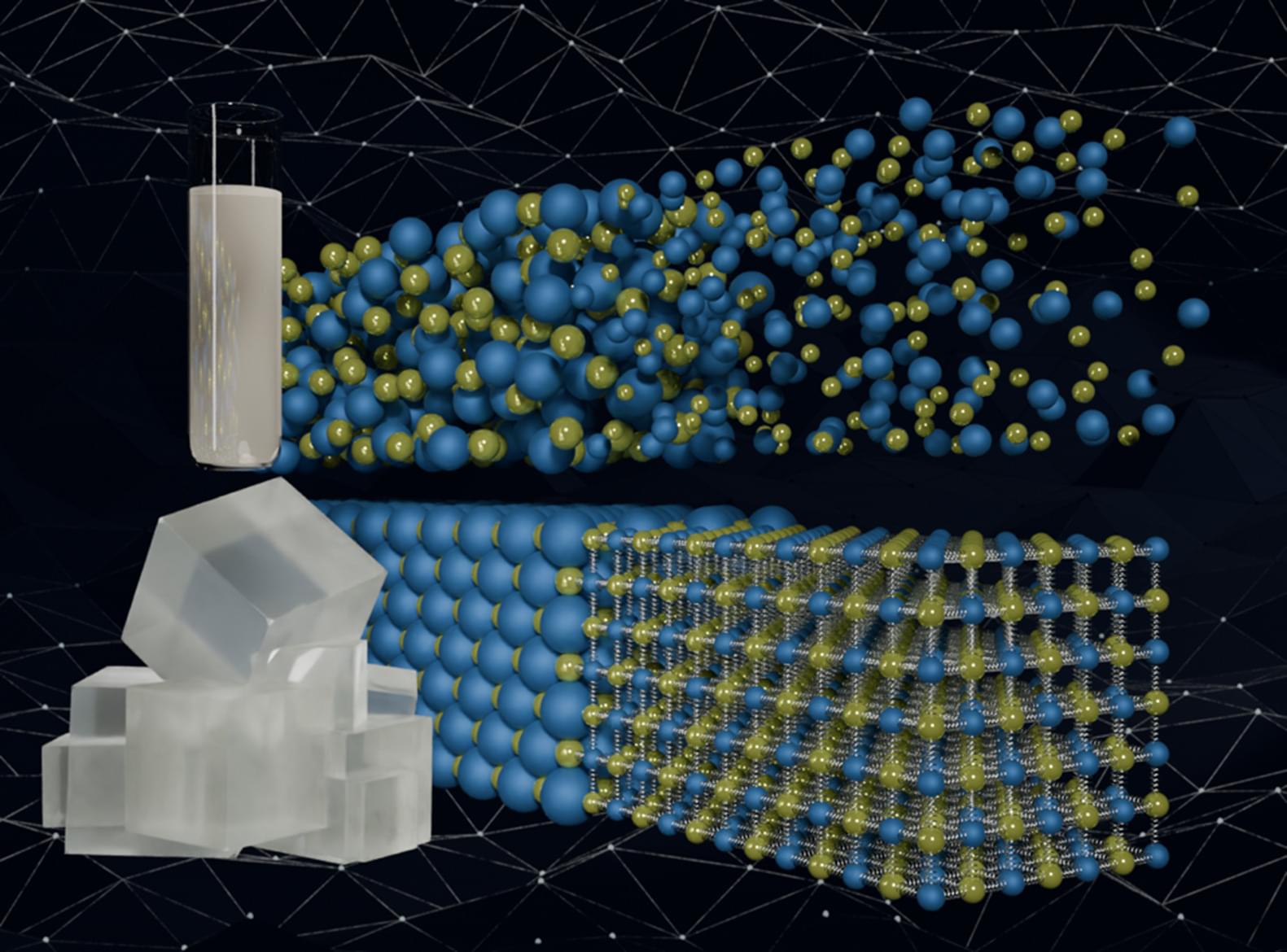
Scientists have developed a new machine learning approach that accurately predicted critical and difficult-to-compute properties of molten salts, materials with diverse nuclear energy applications.
In a Chemical Science article, Oak Ridge National Laboratory researchers demonstrated the ability to rapidly model salts in liquid and solid state with quantum chemical accuracy. Specifically, they looked at thermodynamic properties, which control how molten salts function in high-temperature applications. These applications include dissolving nuclear fuels and improving reliability of long-term reactor operations. The AI-enabled approach was made possible by ORNL’s supercomputer Summit.
“The exciting part is the simplicity of the approach,” said ORNL’s Luke Gibson. “In fewer steps than existing approaches, machine learning gets us to higher accuracy at a faster rate.”
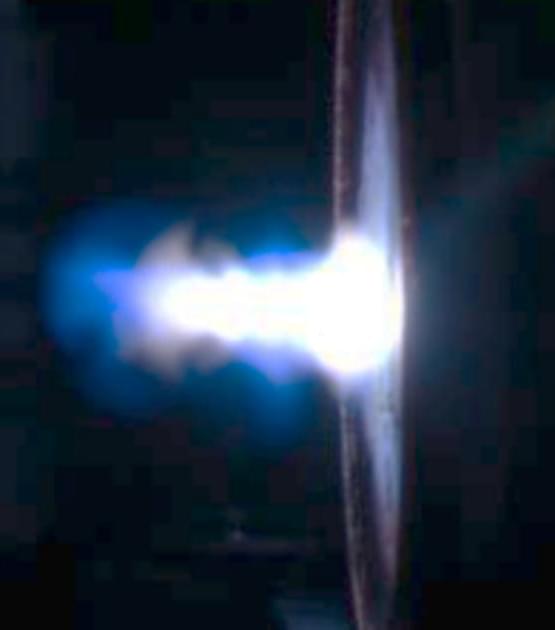
CORVALLIS, Ore. – Researchers in the Oregon State University College of Engineering have developed new technology for uranium enrichment measurement and trace element detection, vital for nuclear non-proliferation and supporting the development and operation of next-generation nuclear reactors. Findings were published by the Royal Society of Chemistry.

A public-private team of fusion pioneers – Commonwealth Fusion Systems (CFS), the U.S. Department of Energy’s Princeton Plasma Physics Laboratory (PPPL), and Oak Ridge National Laboratory – has unveiled an AI breakthrough that could reshape the future of fusion plasma research.
The new system, called HEAT-ML, can identify safe zones inside a reactor in milliseconds, replacing a process that once took more than 30 minutes.
By protecting sensitive components from the blistering heat of superheated plasma, this advance could accelerate the design and operation of next-generation fusion power plants.
An AI tool, developed by CFS, PPPL, and Oak Ridge, maps fusion plasma heat in milliseconds, protecting reactors and advancing clean energy.
New AI method speeds up calculations to protect fusion reactors from plasma heat.
Scientists in the US have introduced a novel artificial intelligence (AI) approach that can protect fusion reactors from the extreme heat generated by plasma.
The new method, which is called HEAT-ML, was developed by researchers from Commonwealth Fusion Systems (CFS), the US Department of Energy’s (DOE) Princeton Plasma Physics Laboratory (PPPL), and Oak Ridge National Laboratory.
It is reportedly capable of quickly identifying magnetic shadows, which are critical areas protected from the intense heat of the plasma, and therefore help prevent potential problems before they start.
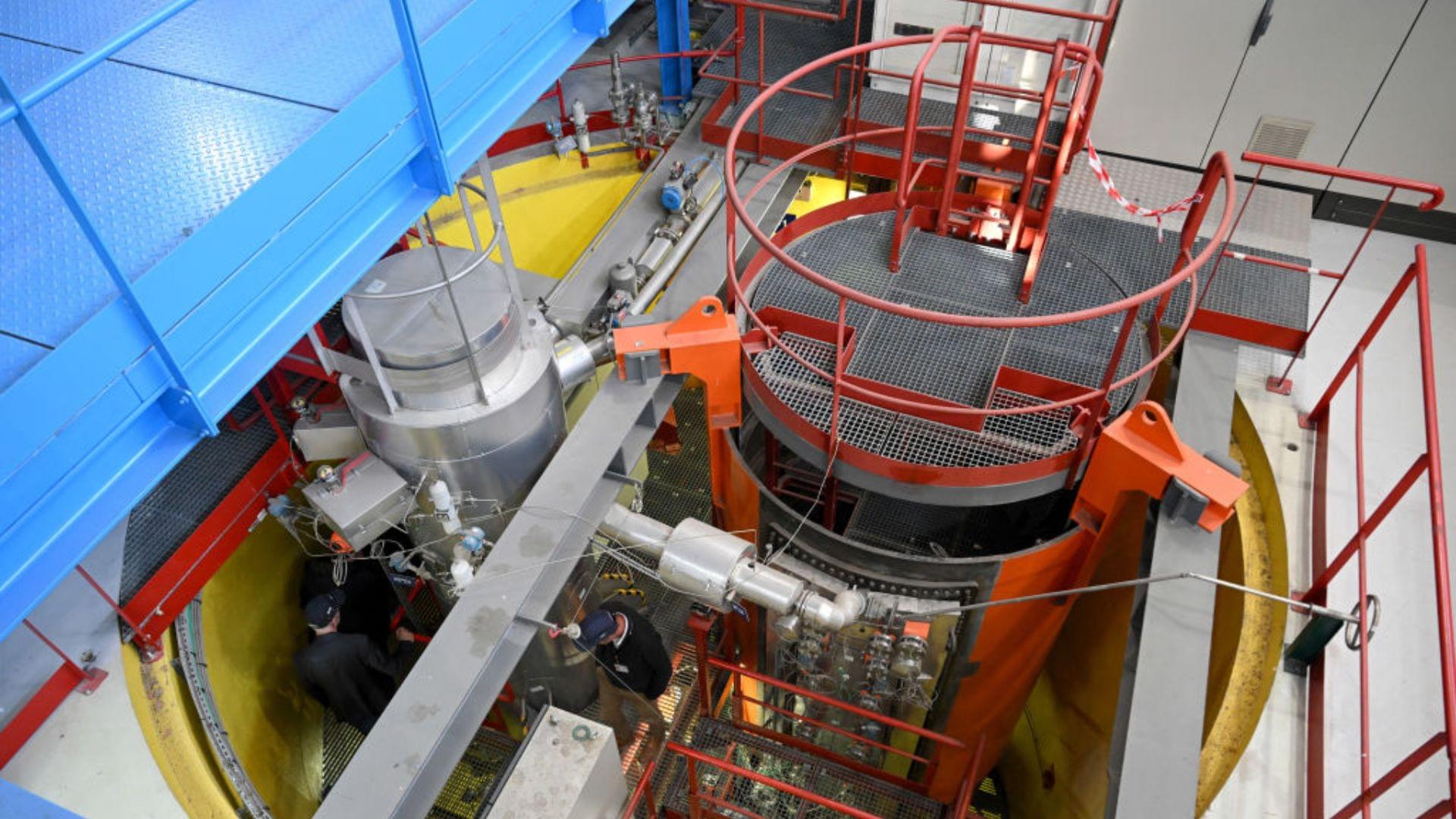
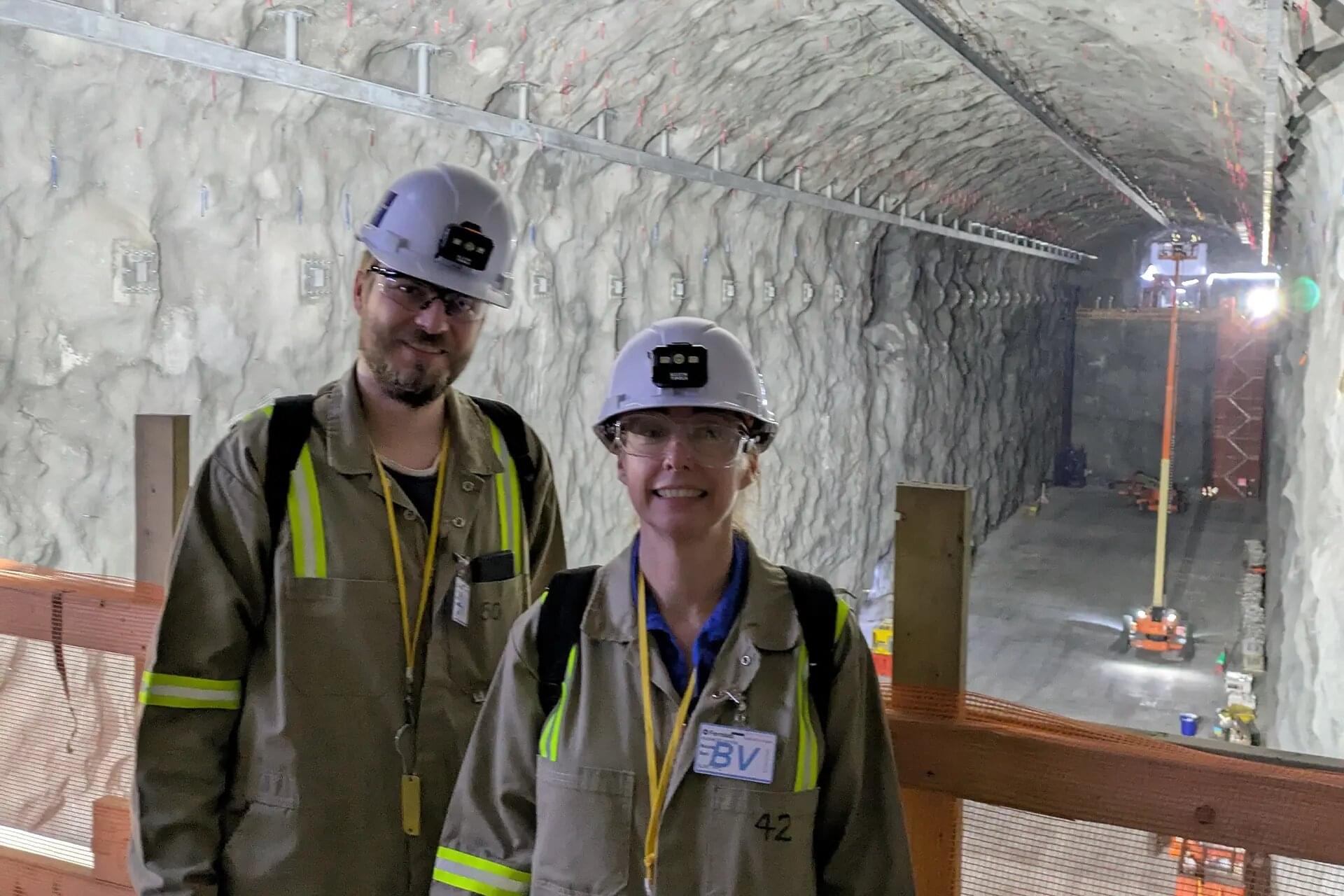
Neutrinos—ghostly particles that rarely interact with normal matter—are the sun’s secret messengers. These particles are born deep within the sun, a byproduct of the nuclear fusion process which powers all stars.
Neutrinos escape the sun and stream through Earth in immense quantities. These particles are imprinted with information about the inner workings of the sun.
Our new theoretical paper published in Physical Review Letters shows that the Deep Underground Neutrino Experiment (DUNE), currently under construction, will help us unlock the deepest secrets of these solar messengers.